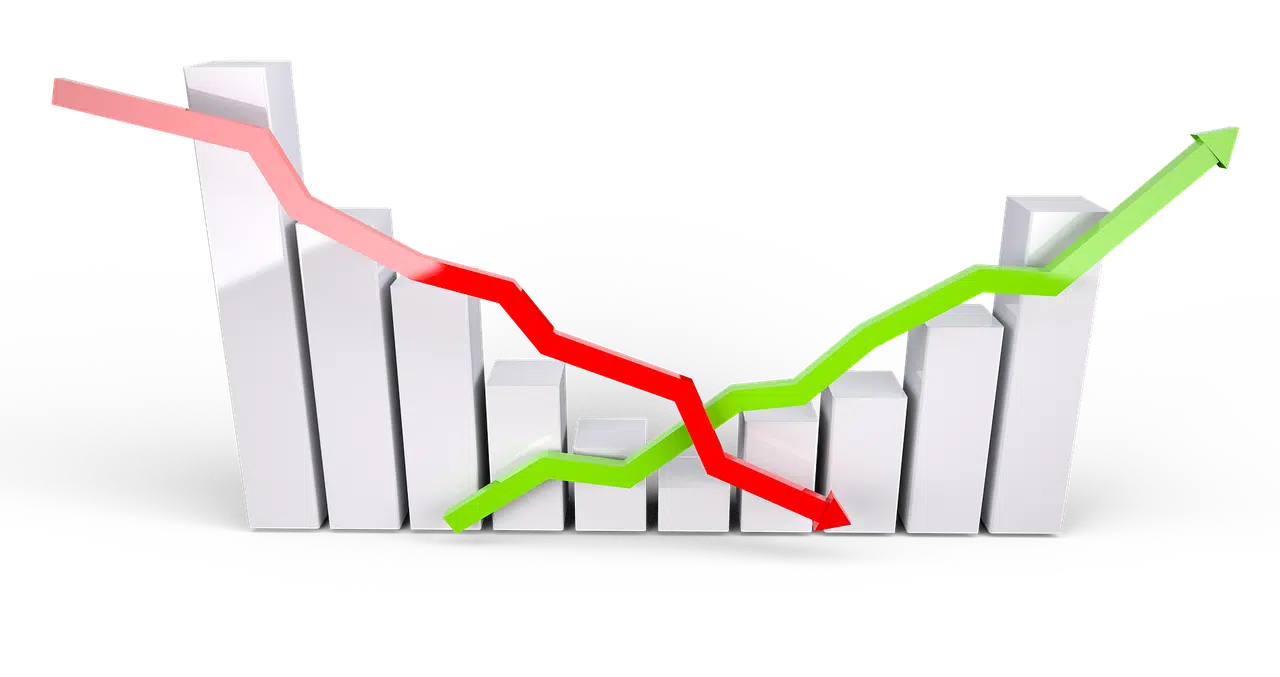
An economic indicator is an index that represents a variable of the economy in a quantitative way.
An economic indicator is an index that allows representing an economic reality in a quantitative and direct way . This is usually a statistic that involves a measurement of a variable during a certain period. The interpretation of the indicator allows us to know the situation of the economy and make projections.
It should be noted that an indicator is something that indicates or serves to indicate . It can be a physical instrument that indicates something or a symbolic representation that shows clues or signs.
Economic , meanwhile, is what belongs to or is related to the economy . This term (economics), for its part, refers to the social science dedicated to the study of the processes of production, exchange and consumption of goods and services .
The etymology of the concept
Before moving forward with the definition of the concept, it is essential that we discover its etymological origin. Thus, we could point out the following characteristics:
- Indicator is a word that comes from Latin, specifically from the verb indicare . It is the result of the sum of three Latin components: the prefix in- , which means "inwards" ; the verb dicare , which can be translated as "point with the finger" , and the suffix -dor , which is synonymous with "agent" .
- Economic , for its part, is a word that belongs to Greek. We can say that it is made up of the following elements: oikos , which is equivalent to "house" ; nomos , meaning "rule" ; and the suffix -ikos , which can be translated as "relating to" .

The analysis of economic indicators is very important in trade and politics.
Examples of economic indicators
The Consumer Price Index (CPI) is one of the most used indicators. It allows you to compare the prices of a group of products that are purchased by consumers on a regular basis and discover the variations of each one.
Other very common indicators are the Gross Domestic Product (GDP) or Gross Domestic Product (GDP) , which reflects the production of final goods and services of a country in a time period.
Per capita income , on the other hand, is the result of the division between GDP and the number of inhabitants of a country. This indicator, of course, ignores income inequalities: in a hypothetical country with two inhabitants, if one earns 10,000 pesos per month and the other only 2,000 , the per capita income will be 6,000 pesos per month , much higher than what they earn. the poorest
It is important to indicate that professionals in the business world must know how to interpret and analyze data from different economic indicators. In this way, they can foresee the movements and circumstances that will occur in the market.
Other variables
In addition to the aforementioned indicators, other variables of great importance can also be noted:
- Inflation . This is a term that is used to determine the increase that the prices of goods as well as different services experience in a country.
- Interest rates , which is the price of money. They are especially important when applying for a loan or financing any type of property.
- Devaluation . The economic indicator that includes this variable makes clear the loss of value experienced by the currency of a country compared to those of others.
